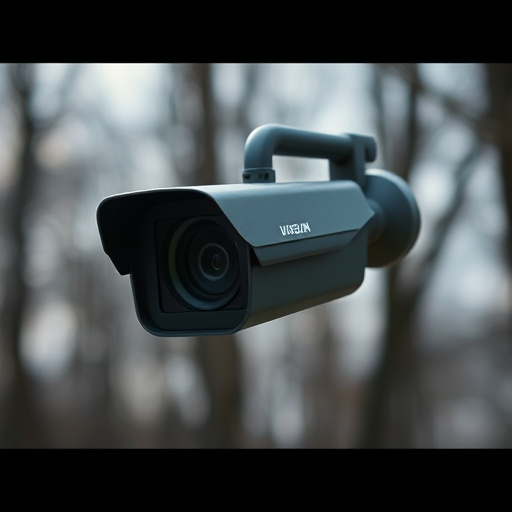Hidden Cameras for Home Monitoring have evolved significantly, offering advanced solutions for security with discreet placement options like smoke detectors or garden rocks. Utilizing real-time monitoring, mobile apps, and AI alerts, homeowners can enhance security and gather evidence. However, deploying these cameras raises ethical and legal concerns regarding privacy, necessitating adherence to strict regulations and obtaining explicit consent where required.
Hidden cameras, or covert recording equipment, offer a powerful tool for home monitoring and security. As technology advances, these devices become increasingly sophisticated, capable of capturing high-quality footage discreetly. This article delves into the world of hidden cameras, exploring their application in home security through strategic placement and detection methods. We also dissect the ethical and legal considerations surrounding their use, providing a comprehensive guide for those seeking enhanced home monitoring solutions with these devices.
- Understanding Hidden Camera Technology for Home Security
- Strategies for Discreetly Placing and Detecting Covert Recording Equipment
- Ethical Considerations and Legal Implications of Using Hidden Cameras
Understanding Hidden Camera Technology for Home Security
Hidden camera technology has evolved significantly, offering advanced solutions for home security and monitoring. These sophisticated devices are designed to blend seamlessly into their surroundings, making them nearly invisible to potential intruders. From compact, miniature cameras disguised as everyday objects like smoke detectors or light bulbs, to more sophisticated setups with motion sensors and night vision capabilities, the options are vast.
For homeowners seeking comprehensive home security, integrating hidden cameras can provide valuable peace of mind. These cameras allow for real-time monitoring, remote access via mobile apps, and even AI-powered features for intelligent alerts. By strategically placing these devices in key areas like entry points, living spaces, and potential hiding spots, residents can enhance their security measures, deter criminals, and gather crucial evidence if needed.
Strategies for Discreetly Placing and Detecting Covert Recording Equipment
Placing covert recording equipment discreetly is an art, especially when the goal is to monitor homes or personal spaces. Professional surveillance systems often employ a variety of strategies to ensure both effectiveness and minimal intrusion. One common method involves integrating hidden cameras into everyday objects, such as smoke detectors, ceiling fans, or even fake rocks in gardens. These devices offer a seamless blend with their surroundings, making it nearly impossible for intruders to detect them.
Detection of covert recording equipment is another critical aspect, requiring a keen eye and advanced technology. Experts recommend regular checks for any unusual devices or modifications to existing appliances. Motion-activated alarms and thermal imaging cameras can aid in identifying hidden sources of light or heat signatures, potentially indicating the presence of covert recorders. Additionally, staying informed about the latest advancements in surveillance technology helps individuals stay one step ahead, ensuring their privacy remains intact when utilizing Hidden Cameras for Home Monitoring.
Ethical Considerations and Legal Implications of Using Hidden Cameras
The use of hidden cameras, while offering advanced security solutions, particularly in home monitoring scenarios, raises significant ethical and legal concerns. One of the primary issues is the invasion of privacy; individuals have a reasonable expectation of privacy in their homes, and placing hidden cameras can breach this trust. It’s essential to balance the benefits of enhanced security with the right to privacy, especially as these devices can capture sensitive personal moments without consent.
Legally, the placement and use of covert recording equipment are subject to strict regulations. Many jurisdictions have laws governing surveillance practices, often requiring explicit consent from all parties involved, except in exceptional circumstances like emergency situations or criminal investigations. Using hidden cameras for home monitoring must adhere to these legal frameworks to avoid potential consequences, including civil lawsuits and criminal charges related to privacy invasion.
Hidden cameras have evolved into powerful tools for home security, offering a sense of peace of mind by enabling discreet monitoring. However, proper placement and detection are crucial to ensure effectiveness while respecting privacy and adhering to legal boundaries. By understanding the technology, employing strategic tactics, and considering ethical implications, homeowners can maximize the benefits of hidden cameras for comprehensive home monitoring without infringing on personal space.
